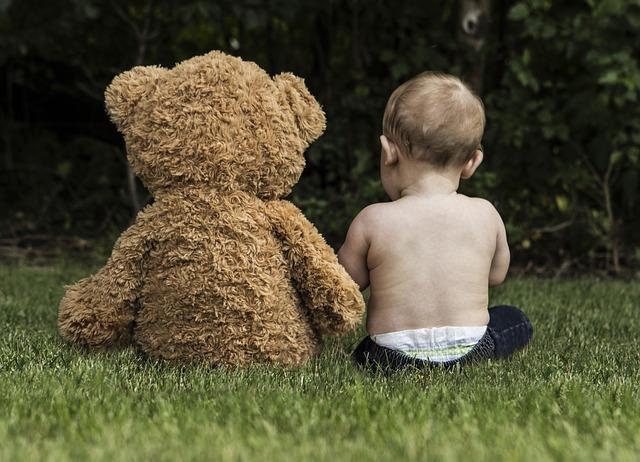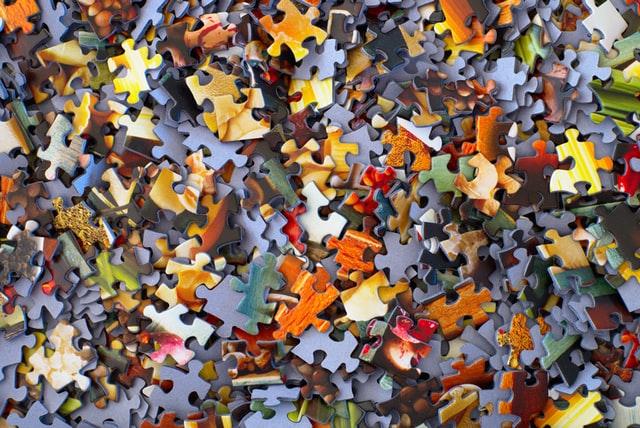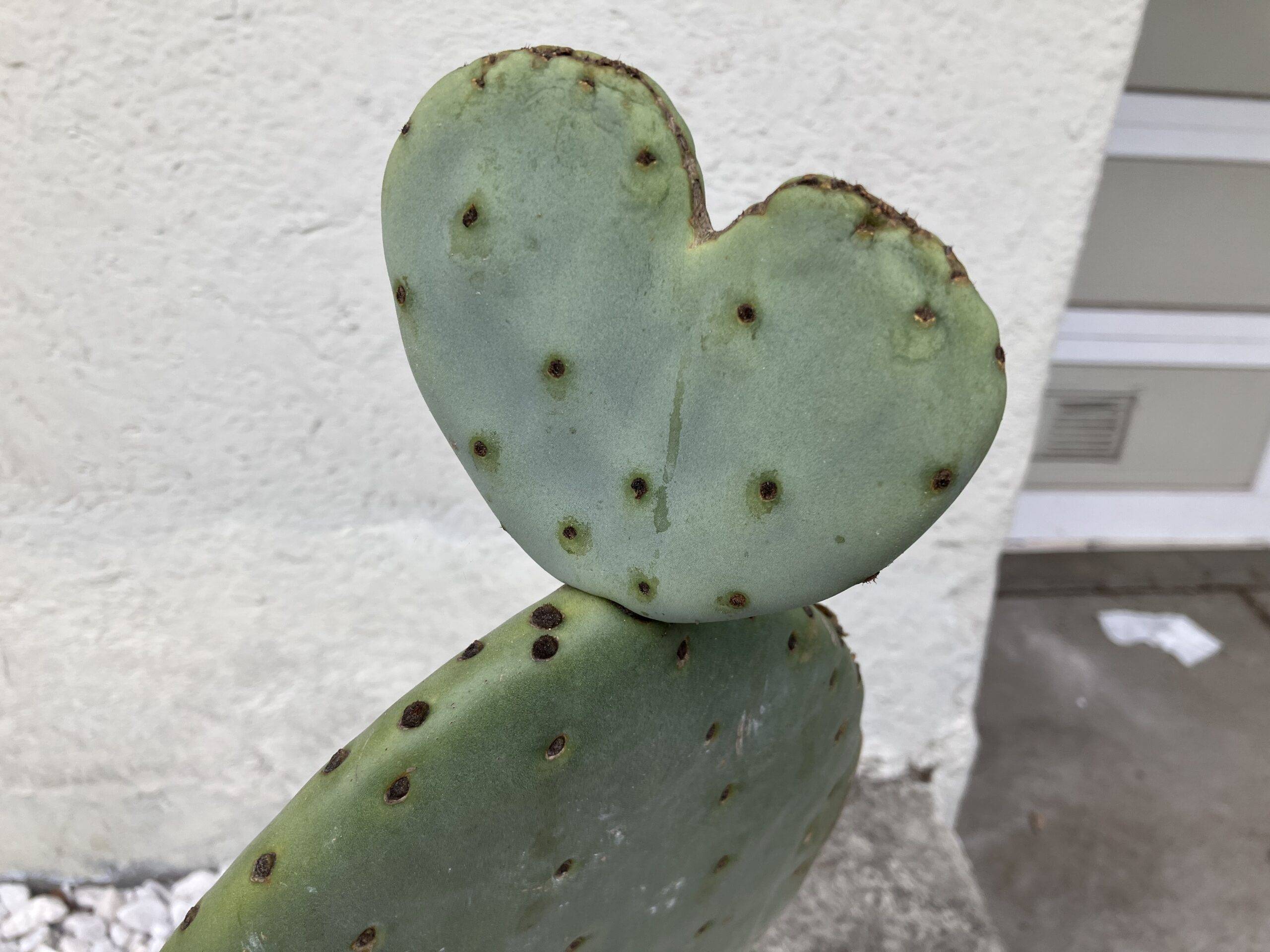 For good things once a year is not enough. Why do so many of us only eat turkey once a year? Or pumpkin pie? I’ve no idea! It’s surely not rational. These are special foods we value and take great delight in. Yet we get into a bad habit of thinking on auto pilot. If it’s not Thanksgiving, the idea of roasting a turkey or making cranberry sauce doesn’t even enter most or our heads. And egg nog, hot mulled cider, panettone and stollen are mostly Christmas things. And then there are the once-a-year only potato latkes. Why are we missing out on an opportunity for greater joy and satisfaction?
For good things once a year is not enough. Why do so many of us only eat turkey once a year? Or pumpkin pie? I’ve no idea! It’s surely not rational. These are special foods we value and take great delight in. Yet we get into a bad habit of thinking on auto pilot. If it’s not Thanksgiving, the idea of roasting a turkey or making cranberry sauce doesn’t even enter most or our heads. And egg nog, hot mulled cider, panettone and stollen are mostly Christmas things. And then there are the once-a-year only potato latkes. Why are we missing out on an opportunity for greater joy and satisfaction?
When things are good, they bear repeating.
And this is most certainly the case with expressing gratitude to your valued supporters!
It’s not rational to thank your donors only annually. They keep you going all year long. They deserve your gratitude all year long as well.
What better time to thank supporters than right now, and all through the coming weeks, after a holiday season filled with gratitude?
The much-anticipated “holiday season” is pretty much over. There’s a natural let-down for many. Wouldn’t it be lovely for your donors and volunteers to get a call from their favorite charity? A call that simply expresses gratitude? If you reach your donor, the goal is to have a quick conversation. Most important: stick with pure gratitude as your focus. Your aim is to make your donor feel connected to your cause, and really good about their support. If no one picks up the phone, don’t waste the call. Leave an upbeat message.
“Joe, hello! I just called because, in thinking over the past few days about all for which I’m grateful, I realized I’m grateful for you and all you do to make our community a more caring place. I just wanted you to know how much your support is appreciated. Thanks so much, and may the new year bring many blessings.”
My hunch is there’s nothing better you could do with your time today. Or early next week if you’re taking some personal (or shopping the sales?) time today.
All the “strategies” in the world can’t substitute for a genuine, personal connection that comes from the heart.
Don’t let weeks and months go by. Connect! Express your thanks! Don’t wait until you’ve got a perfectly crafted letter, email or insert piece. That’s called procrastination, or “letting perfect be the enemy of the good.” Sometimes, timing is everything.
Details







 For good things once a year is not enough. Why do so many of us only eat turkey once a year?
For good things once a year is not enough. Why do so many of us only eat turkey once a year? 





